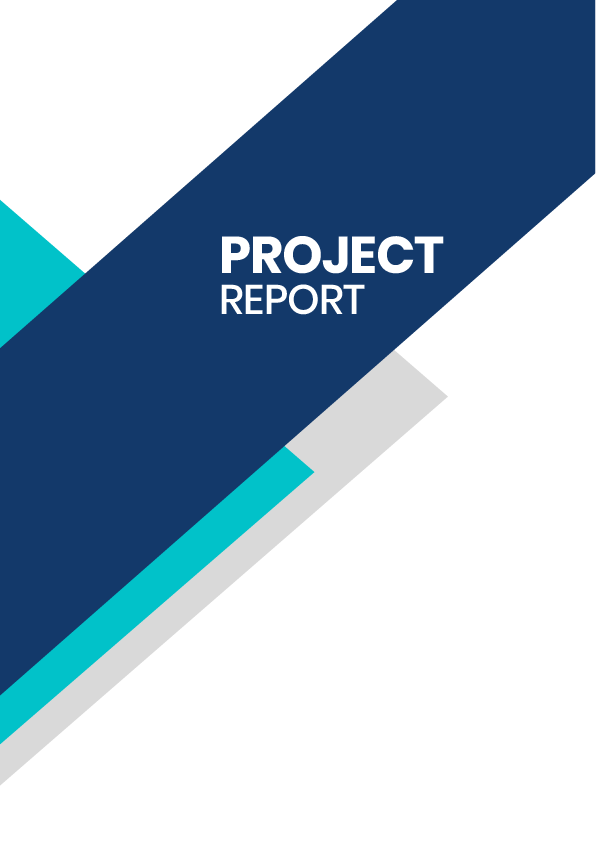Related Keywords
- Herbal Medicine Production
- Traditional Medicine Manufacturing
- Ayurvedic Remedies Production
- Natural Medicine Manufacturing
- आयुर्वेदिक दवा निर्माण
- प्राकृतिक औषधि निर्माण
Want to Start an Ayurvedic Business? Here’s How You Can Grow!
- Make Ayurvedic Medicines: You can create herbal syrups, oils, and tablets that help people stay healthy. Many brands like Patanjali and Himalaya started small and grew big. You need licenses from AYUSH and FSSAI to sell your products legally.
- Open an Ayurvedic Store: Millions of people in India look for natural health products every day. You can sell herbal immunity boosters, skincare, and wellness products in a shop or online on Amazon and Flipkart.
- Start an Ayurveda Clinic: People want Panchakarma therapies, herbal massages, and detox treatments. If you work with certified Ayurveda doctors, you can help them feel better naturally.
- Grow Ayurvedic Herbs: If you have land, grow Ashwagandha, Tulsi, or Giloy. Big brands need fresh herbs for their products. The government supports organic farming, so this can be a low-risk, high-profit business.
- Join a Franchise: If you don’t want to start from scratch, partner with brands like Baidyanath, Dabur, or Patanjali. You can run a franchise store and sell ready-made products under a trusted name.
- Export Ayurveda to Other Countries: People in the USA, UAE, and Europe want real Ayurvedic products. If you meet export quality standards, you can sell herbal medicines, oils, and skincare worldwide. India is already a top exporter of Ayurveda.
Why Smart Entrepreneurs Start an Ayurvedic Medicines Business?
- More People Buy Ayurveda Every Day: Over 70% of Indian families already use Ayurvedic products. They want safe, natural, and side-effect-free medicines. Demand keeps growing, so your business can sell more and earn more every year.
- The Government Helps You Start: You don’t need to struggle for funds. The government gives easy loans and support to Ayurveda businesses. You can apply for: Mudra Loans & MSME Schemes – Get money to start your herbal business. AYUSH Mission Grants – Get funds for research and product making.100% FDI in Ayurveda – Foreign investors put money into Ayurveda because they know it will grow.
- You Earn High Profits: People are ready to pay more for pure herbal products. Unlike big pharma companies, Ayurveda has less competition. If you make quality medicines, you can build a strong brand and earn well.
- Ayurveda Sells Around the World: Not just India, even the USA, UAE, and Germany buy Indian Ayurveda. In 2023, Ayurveda exports crossed ₹29,000 crore. You can sell worldwide if you follow the right standards.
Where Do You Get the Best Project Report for Ayurvedic Medicines Business?

Need expert service?
Please send a WhatsApp message to us, and our team of experts will guide you in creating a project report for bank loan.
Create Your own project report in less than 10 mins.
- Unlimited edits
- Unlimited downloads
- Up to 10 years of projections
- 20+ pages

Frequently asked questions
Everything you need to know about the product and billing.
Finline is an online tool for creating a project report for bank loan online and see the report for free online. You only need to pay for downloading the report.
Can I change my plan later?
Yes , ofcourse you can upgrade from a lite plan to a pro at anytime.
Can I edit the report after download ? is it chargeable?
You can do unlimited edits even after download without any extra payment.
What is the ‘lite’ and ‘pro’ plan ? Is it subscription based plans?
Lite and Pro are just individual report download plans , not subscription plans.
Do I require a CA seal & Stamp for getting a loan?
Not at all, project report is a business plan about your business and it should be prepared by an entrepreneur . Nobody can predict and certify a business which is going to happen in the future.
Can I get any assistance from your team?
Yes of course, you can go to the help section in all pages were you can find chat button for seeking support.
Can I get a project report format for bank loan through Finline?
Yes! Finline provides a ready-to-use project report format for bank loan. You can create it online, see it for free, and download it instantly for your loan application. This makes your project report format for loan easy to complete in just a few steps.
Do you provide a project report format for bank loan in excel?
Yes. Finline offers a project report format for bank loan in excel that is easy to edit and customize. You can also download a project report format for loan in excel if you prefer working offline.